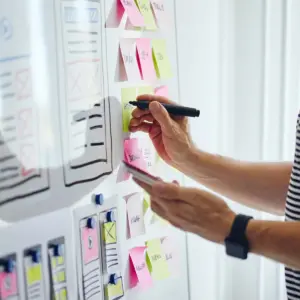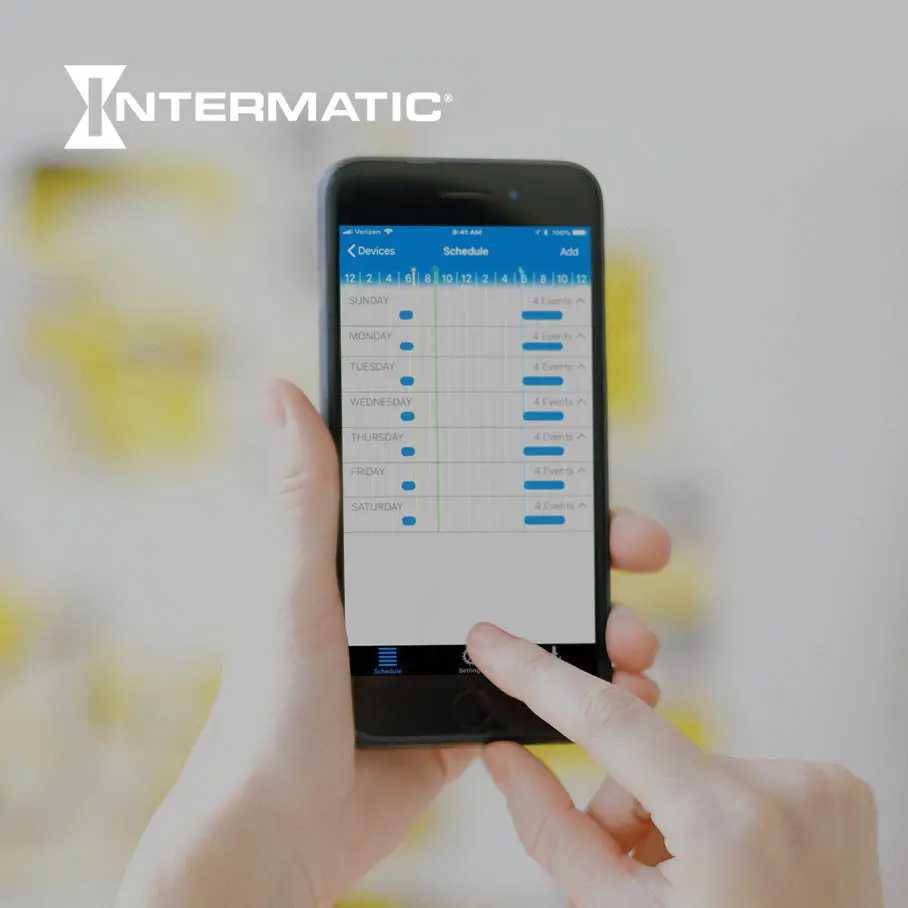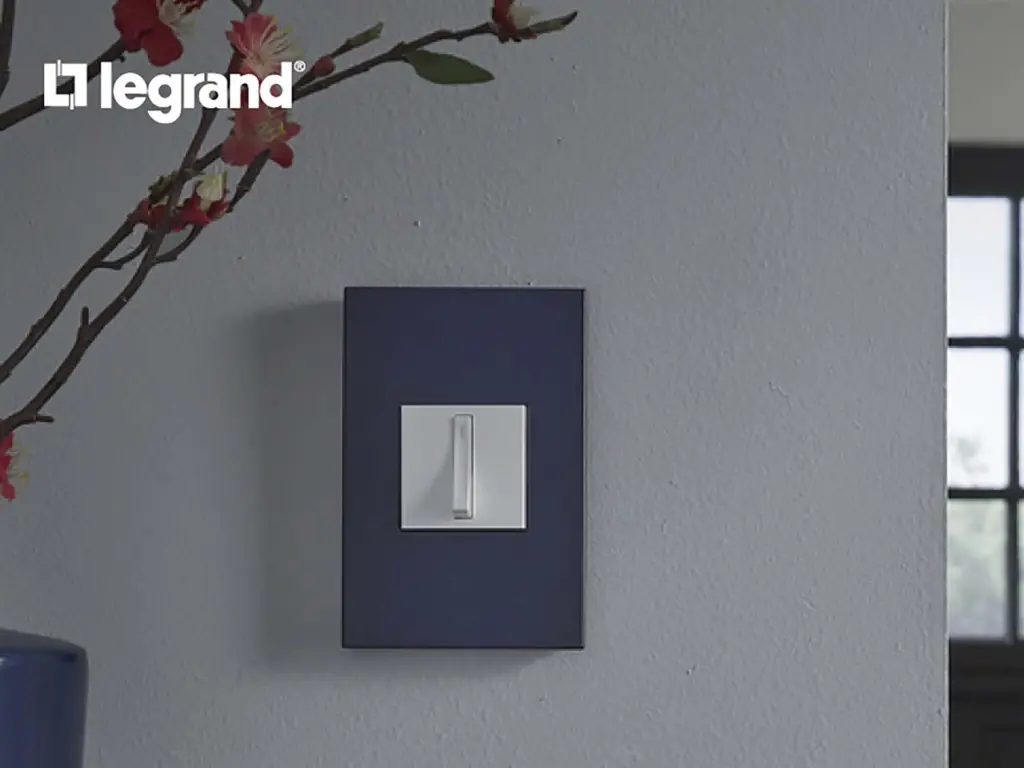Creating a product with staying power requires speaking to customers, understanding the issues they’re facing and ensuring a new product can effectively resolve them. In this article we will focus on the importance of research in the product development process. Research provides clarity and understanding so you can make evidence-based decisions and feel confident you are building a strategy on firm foundations. This will prevent your business from launching a new product that was created simply on a hunch or the assumptions of an internal subject matter expert, and instead ensure it meets the needs and wants of the consumer.
Customer experience research is an essential part of the product development process. At Vervint, our design practice is built on three main focus areas: research, strategy, and experience. We spoke to Hillary Waters, a lead researcher on Vervint’s Design Team, to define three types of experience research and explain how organizations can use research to successfully create meaning from experience.
What Are The Different Types of Research?
There are three ways to think about the focus and purpose of research.
- CX research guides decisions for the experience between customers and your brand – within and across the digital ecosystem.
- Service Design research links a consumer’s experience with the structures and processes that enable it to the people, processes, and technologies happening behind the scenes over time.
- UX research guides decisions on the ideal digital product experience, what features should be prioritized, and what pain points to solve. (Users here could either be customers or employees.)
When creating a digital product, customer experience research can take on many different forms. It almost always involves a component of listening and observation. It may include in-depth interviews, contextual inquiry, surveys, a diary study, or a digital ethnography.
For example, if an RV company wants to know how a customer experiences a new innovative product, you might combine several methods. First, a researcher would conduct interviews before and after a real-world trial. Through interviews, you can uncover their expectations and the moments that stuck with them and influenced their long-term view of the product. During the trial, a researcher may run a digital ethnography (having users upload videos of them performing tasks or using the product) to observe in-the-moment reactions and usage.
“Customer experience research transforms the product development process, bringing insights into product and customer strategy. This shifts focus from features to how a product can solve people’s problems or add to their lives,” Waters said.

3 Essential Considerations for Successfully Designing a Product
Steps for successful customer research:
- Listen to people, interview them in context, and observe how they do something or how they talk about your product to others.
- Develop an acute understanding of customer pain point(s), how a customer behaves, and what motivates their behavior. Customer research, when done well, attaches meaning to solutions.
- Collaborate with product and technical teams to create ease at every point of the process in product development, from purchase to unboxing, setup, installation — and beyond!
For example, imagine a construction equipment manufacturer wanted to better understand how customers shopped both online and with dealers to create a streamlined shopping experience that would impact its customers positively and support long-term relationships between customers and their dealers. In this situation, customer research may include an observation of their shopping behavior and an interview focused on their motivations and pain points; researchers could also interview dealers to understand their role in the process using a service design approach. Finally, researchers would collaborate with design, product, and development teams to produce a recommendation aligned with customer needs, dealer needs, business strategy and technical feasibility.
Or a company may have a specific hypothesis or assumption that it would like to prove or disprove. In this case, the research could focus on this particular hypothesis or part of the process.
Create Meaning From Experience
While customer research can be done in many ways, the most ideal way is to contextualize it. You need to see how a customer uses a particular piece of technology. Rather than simply asking them how they use it, ask them what features they would want or ask someone to predict if they would use it.
“Contextualizing makes a huge difference in how we create meaning from experience,” Waters said. “When you don’t do customer research, you risk creating something that looks almost exactly like what people say they want to see, but it doesn’t do what people want it to do.”
Customer research, when done well, attaches meaning to solutions. It involves asking questions such as: “What makes your life more meaningful? What are your frustrations and why?” All to learn how people behave and why.
A great example of what happens when companies don’t do this can be seen with the current trend to create smart products simply to make them smart. There are a million ways to make a product smart or connected. But simply implementing the technology doesn’t ensure it will meet a customer’s needs.
“If you don’t figure out why it’s creating a difference in someone’s life, you might automate the wrong things, or connect the right things in the wrong way and people won’t use it,” Waters said. “We all get to choose what we are going to spend our time using – and we choose things that make our lives better, more meaningful, or simply easier.”
It’s about more than just the technology itself — it’s about creating meaningful customer experiences that last beyond novelty.
The Service Design Process
Successful customer experience research is the start of a successful product development process. Service design research is a natural next step.
Organizations can drive better business outcomes by aligning processes, technology, and interactions to drive better customer journeys. At Vervint, we leverage service design to focus on customer touchpoints with business processes that generate value for the service user and provider.
There are three components to the service development process:
- What the user wants
- The technical feasibility of building the product
- The businesses’ desire
When a business approaches Vervint for assistance in the service design process, they are usually doing so with an understanding of the technical feasibility and business viability. However, there may be a vague understanding of what the customer wants. The further a client gets in the process without proving or disproving the user’s wants and needs, the more technical debt they risk acquiring.
Any design or research engagement begins by understanding where a prospective client is in the product development process.
The four-step product development process:
- Gain a deeper understanding of the user and their unmet needs
- Product Ideation and road mapping
- Prototyping and testing
- Implementation
There is one more critical component to consider – the mindset of those involved in the process. Designing a successful product involves constant evolution and preparedness to solve issues again and again.



